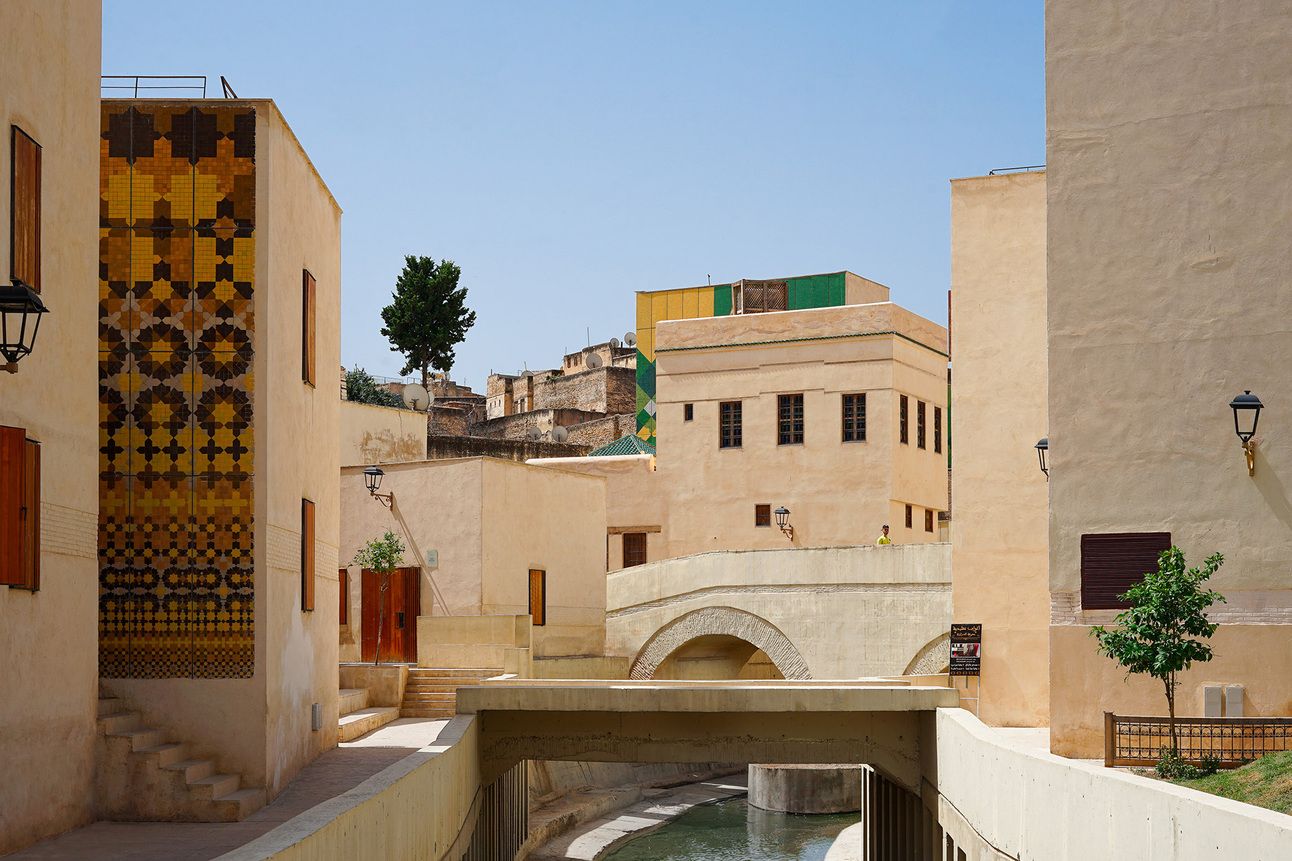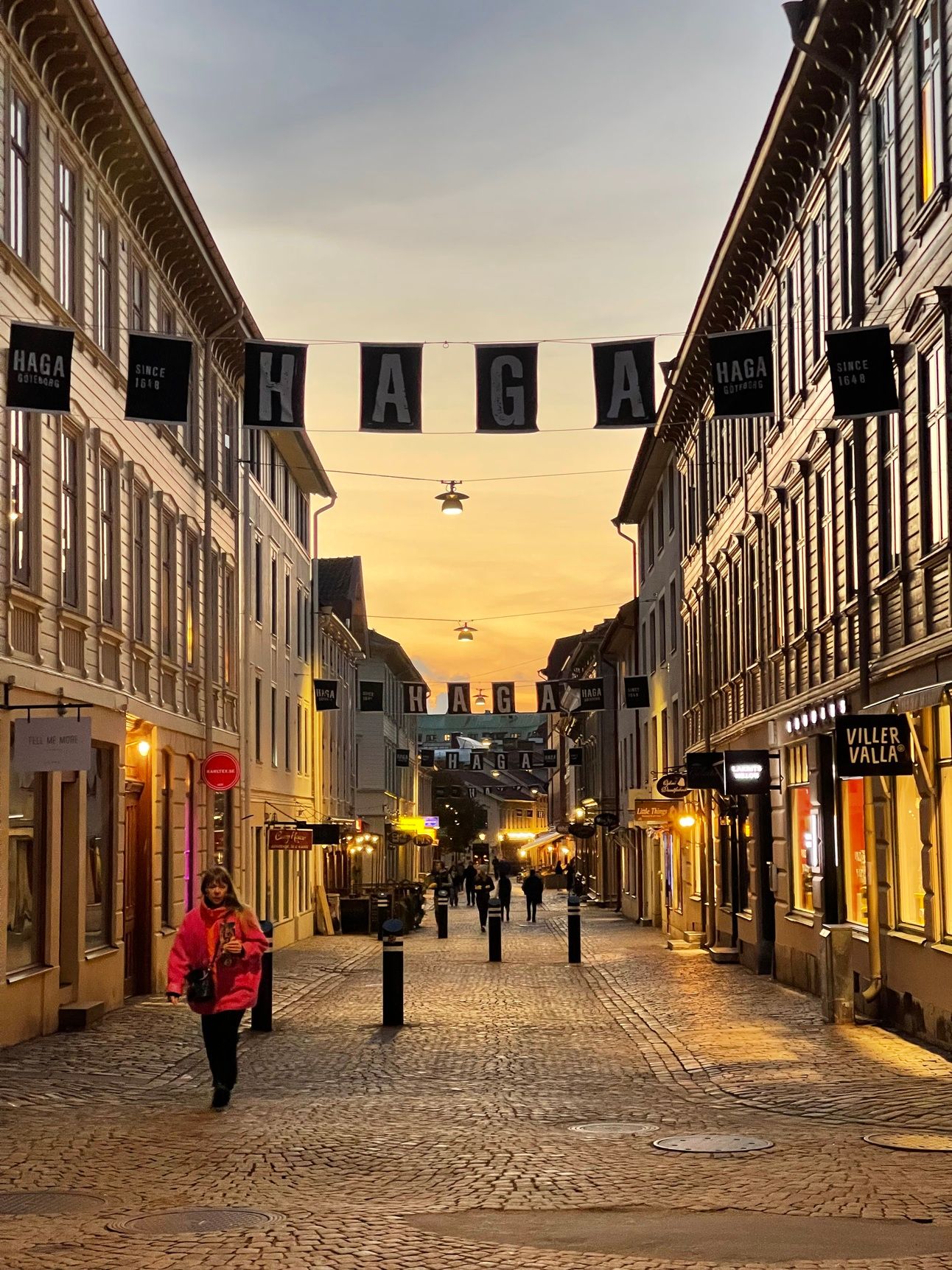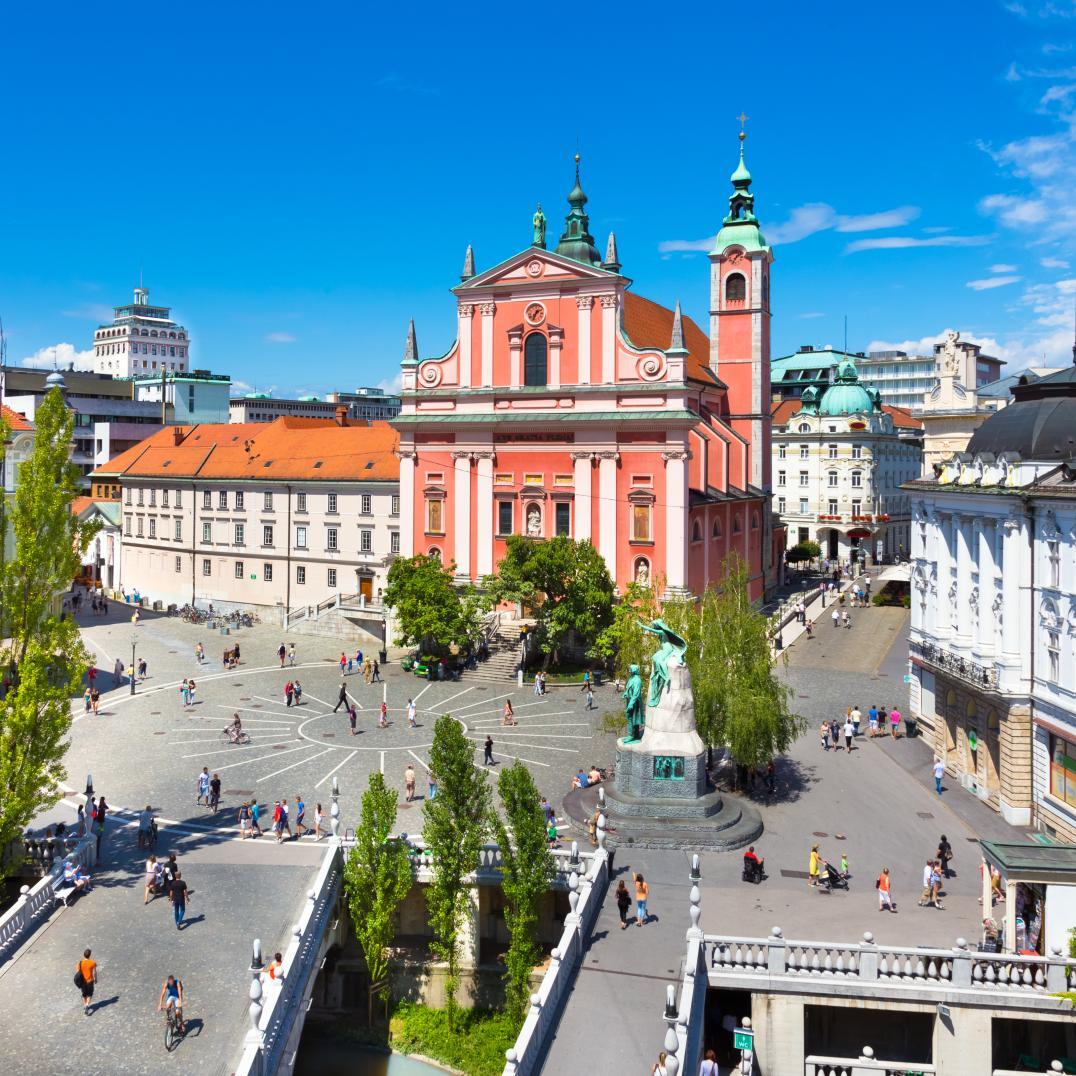This in-depth article was published before restructuring.
Starting May 1st, our free newsletter will feature more accessible insights, while similar deep analysis will be published monthly.
We're making this change to better serve our diverse audience of students, practitioners, and leaders.
EXPERT INSIGHT
Some places just feel alive, right?
I'm captivated by these invisible threads that bind us to certain spaces. That indefinable quality that makes a location feel like more than just coordinates on a map. As cities race toward homogeneity, one must wonder what happens when everywhere starts to look like everywhere else.
The relentless march of urbanization is creating a paradox – we're building more than ever, yet producing fewer places that truly matter.
Modern urban development often prioritizes efficiency over identity, forgetting that people don't just inhabit spaces – they inhabit stories.
We've forgotten that a city isn't just its skyline.
Rapid urbanization has cities expanding, blending, and transforming faster than ever before. Our built environment increasingly resembles a global template – the same glass towers, the same chain stores, the same aesthetic regardless of cultural context.
Place has become product.
Think about the neighborhoods that have disappeared in your city over the past decade. How many culturally significant spaces have been replaced by developments that could exist anywhere? The standardization of urban form has led to the placeless architecture, visually impressive but spiritually hollow.
RESEARCH SPOTLIGHT
Genius Loci
The ancient Romans had it right. They believed in genius loci – the protective spirit of a place that gives it life and character. This concept has evolved through centuries but remains profoundly relevant today.
The genius loci isn't just theoretical – it's a living, breathing phenomenon that shapes how we experience our environment. It's the intangible essence: the traditions, memories, and rituals that define a location's identity. It's the smells, the rhythm, and the persistent stories of a place.
Key insights:
The spirit of a place is not static; it changes over time, shaped by migrations, cultural exchanges, and evolving values.
Different groups experience the same place in diverse ways, giving it overlapping layers of meaning.
Genius loci can't be manufactured, but it can be nurtured – or destroyed – by how we approach development.
So, who decides which spirits are worth preserving, and which can be sacrificed in the name of progress?
In my ongoing research into how communities maintain their identity amid rapid change, I've discovered something counterintuitive: tradition isn't a relic – it's a tool for resilience.
The Living Memory Paradox
Traditional practices aren't just quaint customs to be documented before they disappear. They're active mechanisms that communities use to navigate change while maintaining their essential character.
My researches and experiences with the Mediterranean cultures reveal how these living memories function as anchors during periods of dramatic social and physical transformation. Take Sicily's puppet theater Opera dei Pupi – a UNESCO-protected tradition that doesn't just preserve performance techniques but keeps alive stories that have defined Sicilian identity for centuries.
Or consider Montenegro's national folk dance Oro, which isn't merely a performance but a living connection between past and present. These traditions aren't preserved in a museum – they're constantly reinterpreted while maintaining their core essence.
Key Research Findings:
Communities with strong traditional practices show greater resilience during rapid urbanization
Tradition functions as a form of social memory, providing continuity during physical transformation
The most successful urban adaptations incorporate rather than erase cultural practices
"Preserved" traditions that become tourist spectacles often lose their community function
Beyond Museums
The challenge isn't simply documenting traditions before they vanish – it's creating urban environments where they can continue to evolve naturally.
This requires:
Structured approaches - schools, archives, digital platforms
Informal approaches- oral histories, festivals, hands-on workshops
The question becomes not how to preserve tradition, but how to ensure it remains part of daily life rather than becoming a performance of the past.
CURATOR’S PICK
These urban developments have successfully integrated modern needs while nurturing their genius loci:
Fes, Morocco (Medina Revitalization Project) - A masterclass in updating infrastructure while preserving centuries-old craft districts

Source: Ambre Orsatelli.
Göteborg, Sweden (Haga District) - Balancing tourism with everyday life

Souce: Radović David.
Ljubljana, Slovenia (City Center Pedestrianization) - Transforming public space while honoring the city's cultural rhythm
READING RECOMMENDATION
Norberg-Schulz, Christian. 1980. Genius Loci: Towards a Phenomenology of Architecture. New York: Rizzoli.
RADICAL THOUGHT
What if we designed cities not as collections of buildings, but as ecosystems of meanings?
PUT THESE PRINCIPLES INTO PRACTICE
Theory becomes powerful when applied. I help architects, firms, and institutions translate these heritage philosophy concepts into actionable design strategies.
Join the leaders who have transformed their approach to design & heritage:
🎓 Students & Early Practitioners [Review & Coaching]
Receive tailored guidance on your project/portfolio.
(40+ reviews delivered)
🏢 Architects & Firms [Design Impact Assessment]
Identify future heritage potential in your project.
(200+ design audits completed)
🏛️ Leaders & Institutions [Heritage Strategy Consultation]
Develop a strategy for your vision.
(10+ premium strategies implemented)
→ Book a Discovery Call via e-mail: [email protected]
~ David
Future Heritage is a newsletter on the critical intersections of architecture,
culture, and philosophy.
Spread the word — great ideas grow when shared.
Reach out for collaboration.

